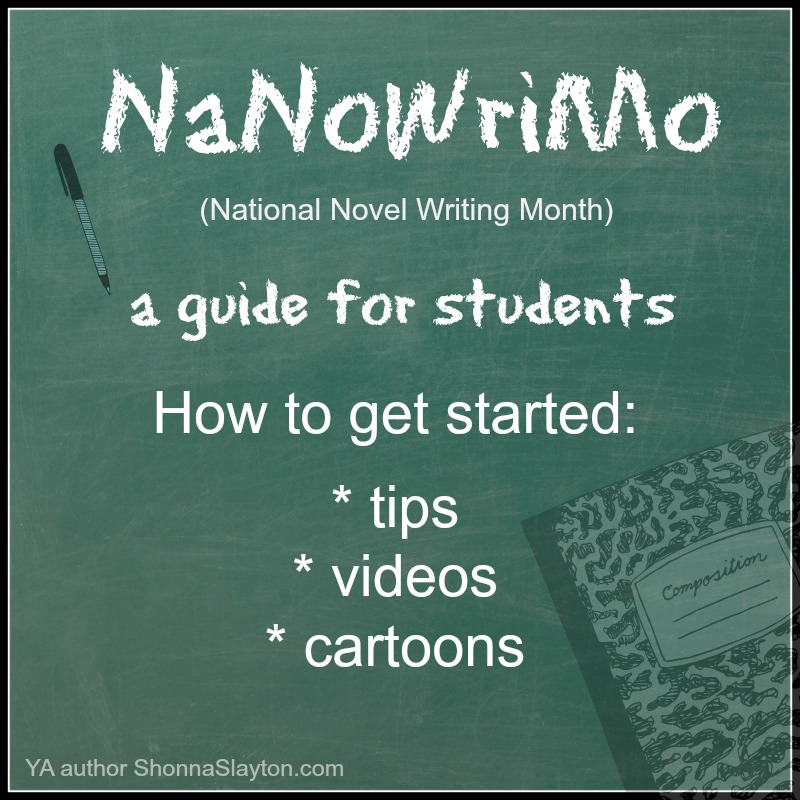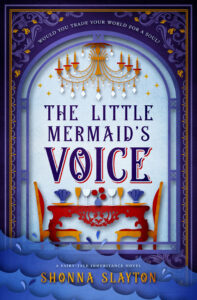 November is National Novel Writing Month (NaNoWriMo). My kids LOVE this month. We set aside our regularly-scheduled language arts curriculum and we just have at it, writing as many words as we can every day. At the end of the month they have a short novel to show for all their hard work. You “win” NaNoWriMo by making your word count. This will be their fifth year participating and every year they grow bigger writing muscles. They:
November is National Novel Writing Month (NaNoWriMo). My kids LOVE this month. We set aside our regularly-scheduled language arts curriculum and we just have at it, writing as many words as we can every day. At the end of the month they have a short novel to show for all their hard work. You “win” NaNoWriMo by making your word count. This will be their fifth year participating and every year they grow bigger writing muscles. They:
- increase their ability to get words on the page,
- improve their writing mechanics, and
- investigate the building blocks of story: plot, character, setting, theme.
Adults in the program are challenged to write 50,000 words in one month and use the main NaNoWriMo website. Young Writers get to set their own writing goal, and they have their own fabulous website at the NaNoWriMo Young Writer’s Program. Here, your kids can set up their own profiles, write about their novels, track their progress, and access the Dare Machine!
How Does the NaNoWriMo Young Writer’s Program Work?
1. Sign up at http://ywp.nanowrimo.org/. Sign up as a teacher and sign up each student. Everyone fills out his or her own profile information and takes the test to help determine the word count goal. (Note: Students can sign up without a teacher.)
If your student is a fast typist, you may want to lower the word count to allow for time spent thinking about what to write. In the YWP you can change the goal right up until the final day so don’t feel like you are locked in.
Fun tip: You can create your own book covers and upload them to your profile. An easy-to-use and *free* online program to help with that is PicMonkey.
2. Connect. Set up a virtual classroom or simply become “Buddies.” Buddies can see each other’s profiles and send emails.
3. Prepare. Download one of the three free student workbooks that guide your student through the process of writing a novel. *note: the middle school curriculum has a sample novel that I think is more suitable for high school level (mature theme).* DON’T WAIT FOR NOVEMBER. START THE WORKBOOK IN OCTOBER.
Here is a video from TED-Ed that explains the Hero’s Journey method of plotting (or analyzing) a novel:
4. Build excitement. Let your students play around with their profiles and the dare machine. Watch NaNoWriMo videos on YouTube. These examples from Debs and Errol will get you started:
Here’s one for a few days into November!
5. November 1 start writing. Get started first thing in the morning. Everyone will be so excited, the words will pour out. Enter your word counts. High five for a strong start.
6. Keep it Going. Pep talks are release a couple times a week via email and on the website. There is also a list of past “pep talks” by published authors you can read through. This was a fun one from 2010 because it was a video: Robyn Schneider
And of course, there are NaNoToons! A daily webcomic about NaNoWriMo. (Again with Errol–see videos above; yah, he’s really into NaNoWriMo–and Debbie Ridpath Ohi, cartoonist extraordinaire.)
1. When my kids were younger, they hand-wrote their novels, illustrating them as they went. My oldest upgraded from a pen as soon as he learned to type and now uses my Alphasmart Alpha Smart 3000 Word Processing Computer Mac PC keyboard. You can get a used one super cheap. They are lightweight, run on AA batteries, and have no access to the Internet.
2. Plot using index cards. Write one scene idea per index card. Arrange in order. When you don’t know what to write next, look at your stack of cards and write the next scene.
3. BEST NANOWRIMO TIP EVER: Follow Larry Brook’s suggestion in: Storytelling in Chunks.
“Instead of word count, shoot for phases of story.“
This will help you with pacing. At the end of November you want to have a story with a beginning, middle, and end. If you don’t pace yourself, you’ll have a very long beginning and a too-short ending…or no ending at all.
Happy NaNo-ing!




